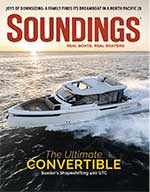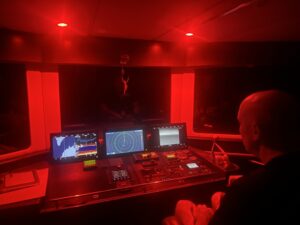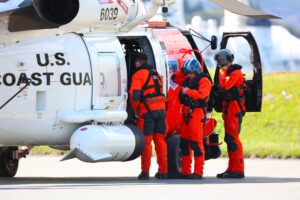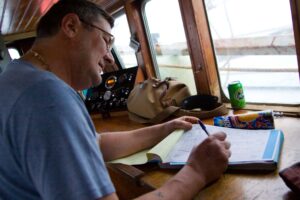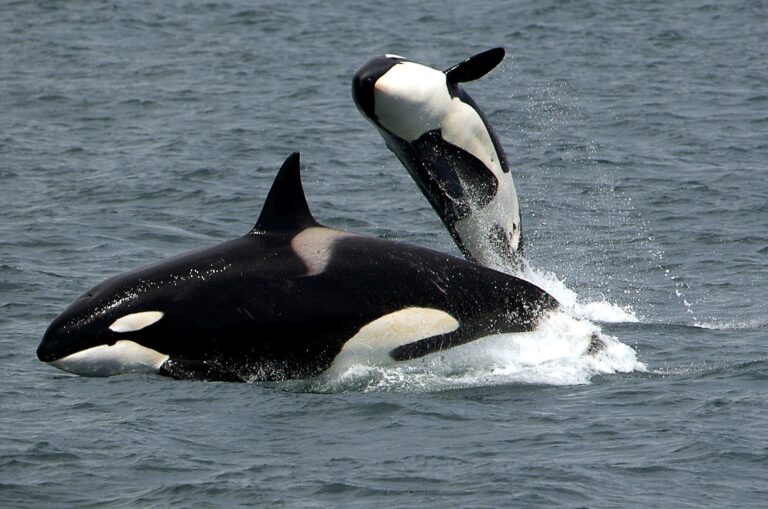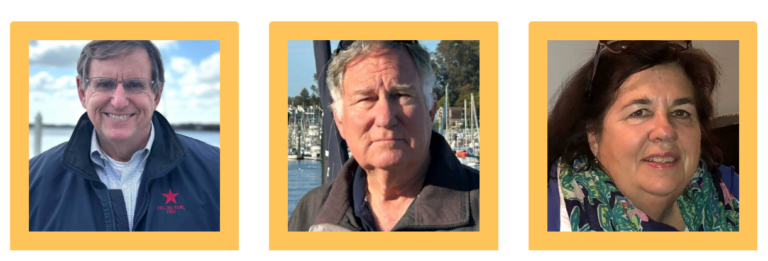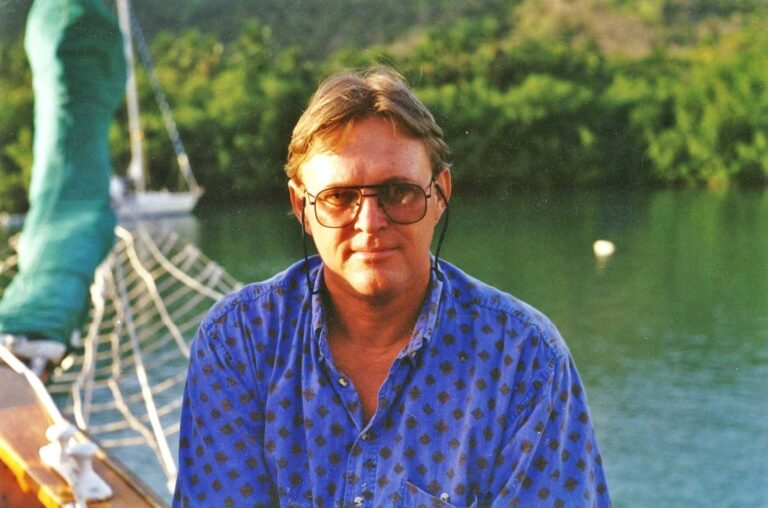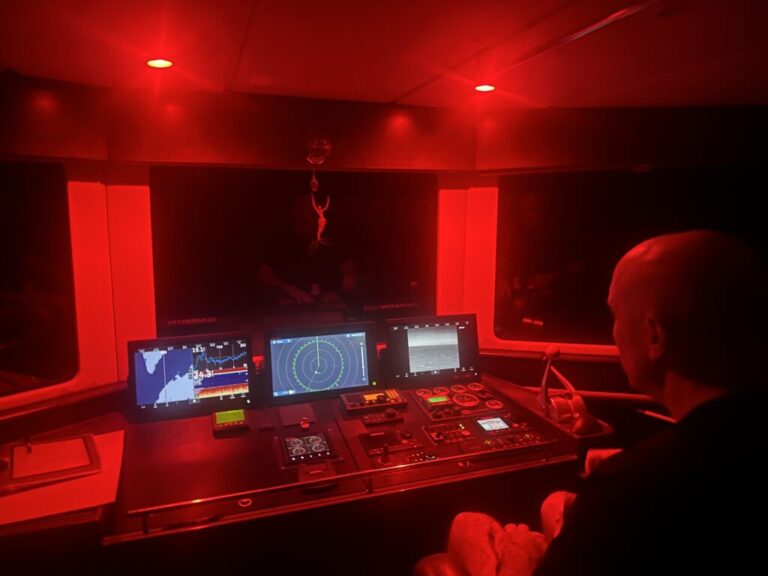“It’s been my experience with these kinds of projects,” says Bob Birdsall of Birdsall Marine Design of West Palm Beach, Fla., “that they take twice as much time as expected, and they wind up costing twice as much.”
Birdsall Marine Design, by the way, is building the leaning post for our 22-foot Sisu project boat, Swamp Yankee. And Bob is at least partially correct in his assessment of boat projects.
We had hoped to splash the center console by late June, but we’re confident it will see the water very soon. Two weeks? As for the cost, I’m not adding up the invoices at the moment, but we still have a balance in the boat fund.
More important, we’ve been making progress, as these photos will attest.

Rubrail
Installing the Taco Marine rubrail gave us a good leap in aesthetics, not to mention the functional role it will play. “It covers up the ugliness,” shipwright Charlie Koller says. “Until then, it looks very unfinished. Once it’s installed, it starts looking like it’s almost a boat. The insert is a nice little feature. It’s nice stuff.”
Charlie waited for a hot day to lay the rail out in the sun, which makes it considerably easier to handle. “It’s like an anaconda with rigor mortis if it’s not hot,” he says.
With the assistance of two semiskilled laborers, we stretched the big black snake as Charlie screwed the rail in place. Looks nice.




Coaming
Charlie’s skills as a woodworker were highlighted and tested a bit in fashioning and attaching the 3/4-inch mahogany coaming. The long runs were made from a pair of 17-foot pieces. For the corners, Charlie steamed six 1/8-inch veneers and then bent and clamped them over a jig for a couple of days. Then he glued the pieces together with West System epoxy and clamped them until the glue dried.


“The secret to the coaming is good patterns,” Charlie says. Making the scarf joints for the corners look good and fit just right was tough, he admits. So was attaching the corner pieces to the gunwales. “The coaming is a story for another day,” he says. “That whole thing was difficult.”


The wood dresses up the boat nicely and raises the freeboard aft by almost 2 inches, giving me just enough extra height to put my knees into. Yes, the brightwork will mean more maintenance. Some lessons you never learn.


Console
The console didn’t look like much when it came out of the Maine boat shop early this spring, but that was then, and this is now. Charlie patched, faired, sanded and sprayed the console with Awlgrip. He added shelves, hatches fore and aft, and mahogany trim. He took the raw, bent Plexiglas and shaped it to the desired height and positioned the stainless grab rail where it made the most sense in terms of sightlines and so it will best work as a handhold.


“On a boat like this, the console is the showpiece,” Charlie says. “It’s where you have the most creativity. It’s the thing you’re looking at all the time, so you want to get it right. Life’s too short for an ugly console.”
The Edson tri-spoke stainless PowerWheel with a power knob certainly dresses up the console, as does the removable mahogany panel in which the Yamaha gauges are mounted. Positioned below that is a waterproof Blue Seas distribution panel with eight rocker switches with resettable breakers.

The wiring is nicely laid out but not quite finished yet. The photo shows the battery switch, main fuse, the hot bus bar, ground bus and CAN bus panel.

“A nice, simple, clean electrical system,” Charlie says. “Electrical is fun, especially when you’re doing a new installation. You get to lay it out nice and not have to clean up someone else’s mess.”
Power is supplied by a pair of Optima AGM batteries.

The last shot shows the rigging tube and custom connection carrying cables, hydraulic hoses and fuel line. “No binding, no chafing, easy access,” Charlie says. “Be conscious of what will wear.”

The summer is winding down, but we’re determined to catch the best of fall. Stay tuned.


